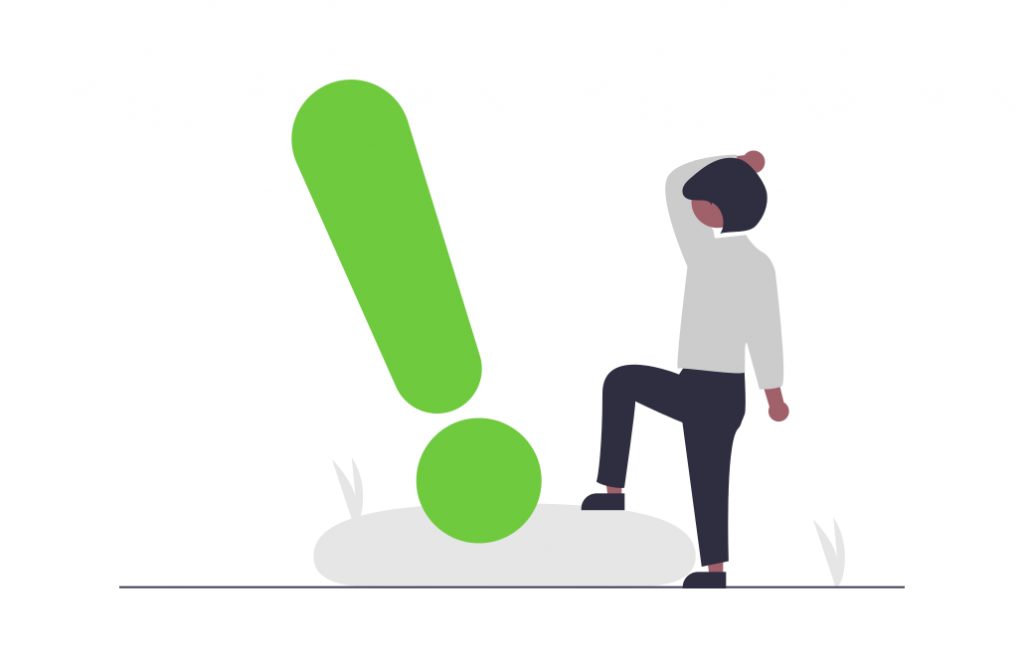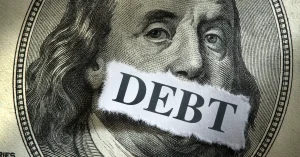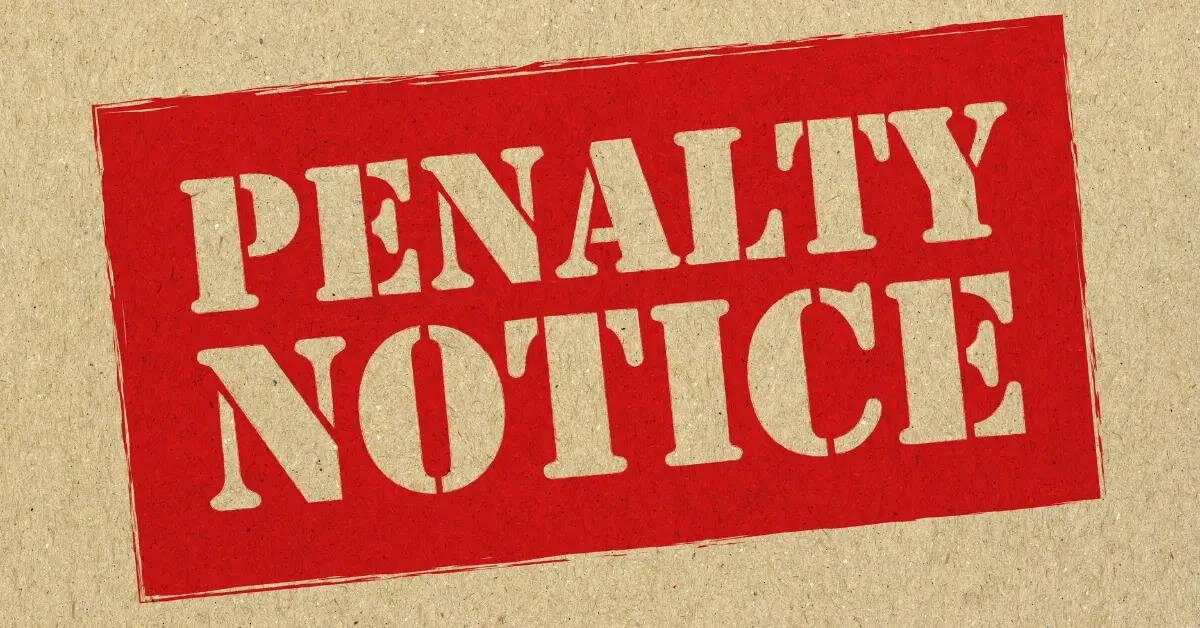All kinds of paperwork is flying in your direction at tax time, and that can be confusing and overwhelming. The Internal Revenue Service (IRS) also occasionally changes required forms, adding even more uncertainty to the process. The 1099-K is a relatively new form that the agency rolled out in 2012.
The 1099-K (Payment Card and Third Party Network Transactions) is an information return that the IRS uses to improve tax compliance. It helps the agency learn more about the payments a business has processed, and it reduces the risk of freelancers and business owners underreporting income from payment cards and third-party network transactions.
You may receive this form if you collect revenue through those types of transactions. Wondering what to do with your 1099-K? Want to learn more about this form? This guide will tell you everything you need to know.

Who Issues the 1099-K?
Payment Card Transactions
Third-Party Payment Network Transactions
A third-party payment network transaction refers to payments processed through a centralized third party. Paypal is perhaps the most common example. These companies facilitate the transfer of funds between a payer and a recipient.
You will only receive a 1099-K from a third-party settlement company if you have processed over 200 payments worth over $20,000. You must surpass both thresholds, or the company will not send you a 1099-K.
Gross Payment Amount

Special Considerations With the 1099-K
Shared Credit Card Terminals
Double-Reporting
Some companies might send you a 1099-NEC if they paid you more than $600 for contract labor. This income may also appear on your 1099-K if the company paid you through a third-party settlement company. Make sure not to double-report this income, or you will face a higher tax liability than necessary.
Cash-Back for Debit Cards

Things to Avoid With the 1099-K
- Using the 1099-K to track income
- Failing to report payments not shown on the 1099-K
- Forgetting to document discrepancies
Payment settlement companies only send you a 1099-K if you receive a certain number of payments over a certain amount. People who don’t receive enough payments to get this form still need to report their payments through the settlement company as income on their tax returns.
Make sure to document the discrepancies when you report a different amount than what appears on your 1099-K. Keep proof of the information that backs up what you claimed. This information is critical if the IRS disputes your return or reaches out for more details.









